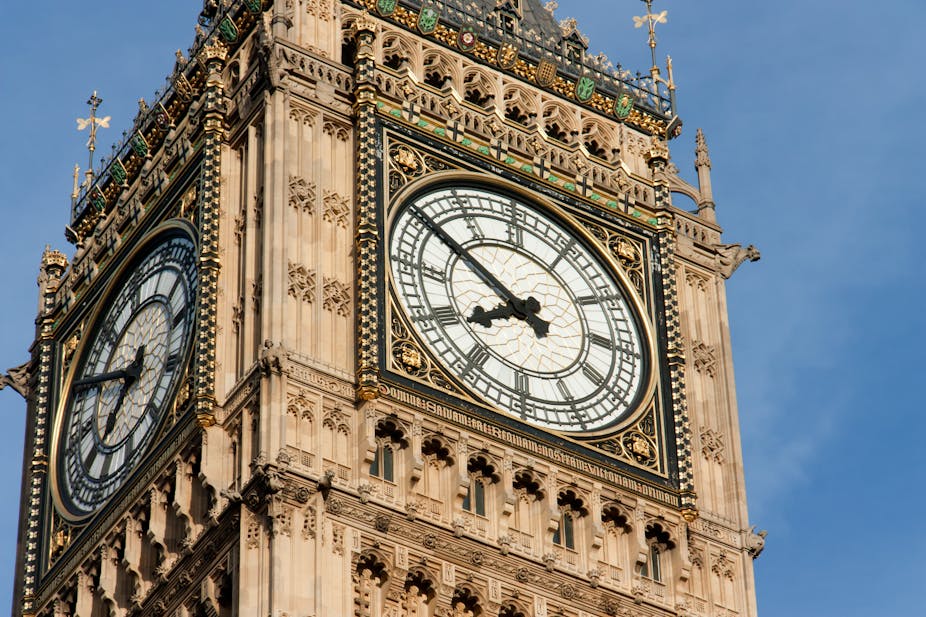London has 15.4%, one eighth, of the population of England. It is well known that London receives a disproportionate amount of UK arts subsidies, but perhaps not the vast extent of this. Our independently produced report, Rebalancing our Cultural Capital, throws this lack of balance into sharp relief.
The record since 1946 reveals a consistent pattern in London’s favour - a trend that is shown to have steadily increased. This is contrary to stated policy between 1965 and 2010.
Analysis shows the “centre” in England makes decisions on 75% of the public funding for the arts, as local government capacity is systematically reduced, This is a far higher proportion than in comparable countries such as France (51%) which, despite its reputation for highly centralised and directive government vests substantial power in regions and in city and local mayors.
In 2012-13, the Department of Culture Media and Sport (DCMS) directly funded 16 major “national” cultural organisations, such as galleries and museums, with £447 million. Arts Council England (ACE) made grants totalling £322m from its taxpayer derived income.

So, in that year, taxpayers in England, through combined DCMS and ACE expenditure, provided each Londoner with a cultural benefit of £68.99. Compare this to only £4.58 per head in the rest of England and the level of imbalance becomes starkly clear. This is 6.7% of the London figure: a ratio of 15:1 in London’s favour and to the rest of England’s disadvantage.
The National Lottery
Since 1995, Arts Council England has been responsible for distributing National Lottery funds in support of “good causes” in the arts. The lottery was established on the basis that its funding would clearly be “additional” to whatever had previously come from treasury sources deriving from taxation.

Arts lottery funds result from voluntary decisions of the general public to play. Research confirms that the poorer sections of society play the game more regularly, using a higher proportion of their income. Surely, then, broad equity, benefiting the country as a whole, should be the first concern when distributing lottery profits. But analysis shows this to be far from true in the arts.
Between 1995 and September 2013, Arts Council England has distributed almost £3.5 billion of these new lottery funds across England. Of this, £1.35 billion (39%) was awarded to London based organisations, with those in the rest of England receiving £2.1 billion (61%). Our figures exclude the Lottery funding of £2.2 billion provided to the 2012 Olympic Games, and the £600m awarded to the Millennium Dome.
To date, then, National Lottery players across the whole of England have provided a benefit of £165 per person in the capital via Arts Council England’s distributions, compared to £47 per person in the rest of England. So each person living outside London gets 28% of the benefit that each Londoner gets.

London enjoys other advantages, and sources of funding: a regional tier of government, with a substantial cultural budget, a substantial commercial cultural sector, millions of international visitors. But still, 82% of private sector funding for the arts – a figure of £660m in 2011/12 – was awarded to London-based organisations.
But despite so many opportunities, Londoners’ levels of engagement in the arts only just matches the national average. 63% of Londoners say they engage three times or more annually (the definition of active arts participation). This is the same as the national average. Slightly more Londoners report that they do not engage with the arts at all, less than the English national average (24% compared to 22%).
Most tellingly, two-thirds of the population of England live outside those areas of South East England from which the productions and collections of the “national” cultural organisations are comparatively readily and affordably accessible.
A proposition for change
We need to invest substantially in cultural production in the regions. If London’s share of national Lottery funding were limited so that it was the same as the rest of England’s – a fair share for London – this would generate some £600m over the five years of a parliament. This could be directed to a new national investment programme charged with investment in new cultural production outside London.
The need for regional balance in arts subsidies was first voiced by Jennie Lee in 1965:
If a sane balance of population between north and south, east and west, is to be achieved, this kind of development [of regional and local facilities] is just as essential as any movement of industry or provision of public utility service. If the eager and gifted, to whom we must look for leadership, are to feel as much at home in the north and west as in and near London, each region will require high points of artistic excellence.
The new resources made available for the arts since 1995 through the National Lottery have helped produce confident and qualified creative communities throughout the country. We need now to focus on investing these funds productively, for all our benefit.
These facts need to be addressed, by arts organisations across the country, national and regional media and amongst policy makers. In January 2014, the Commons Select Committee for Culture Media and Sport announced a short inquiry into the work of the Arts Council England (ACE), with our central theme, the disposition of arts funds and the benefits they generate for London and the rest of England, as one of their topics.
So hopefully, notice is now being taken, and things can begin to change.
Hard Evidence is a series of articles in which academics use research evidence to tackle the trickiest public policy questions.

